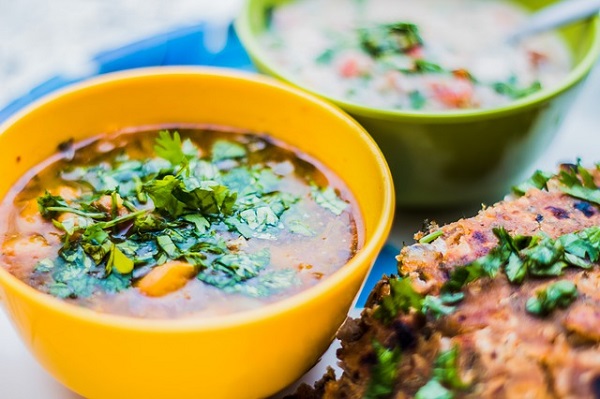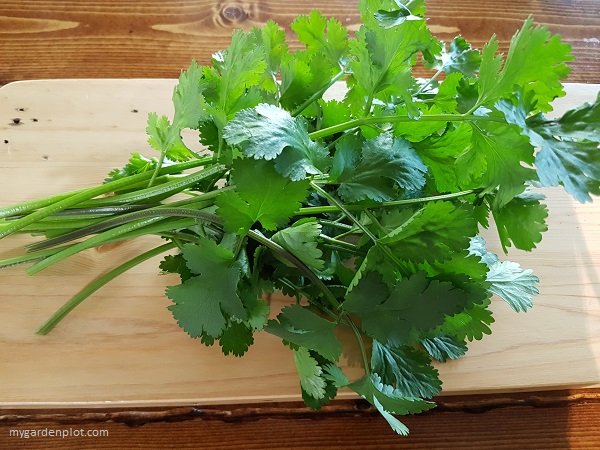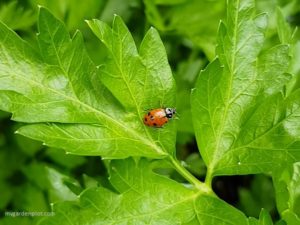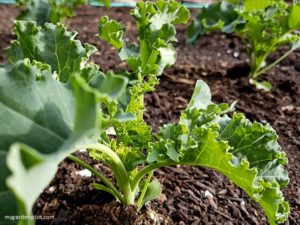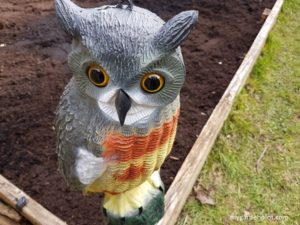Cilantro vs Coriander: What's the Difference?
Before we launch into how to plant, grow and harvest this exotic herb, please let’s go over the difference between the names, cilantro and coriander. The first time I heard the word cilantro was when I was a kid from my mum. Spanish was her first language. However, growing up in an English-speaking country far away from Canada and the USA, I also heard the word coriander. I never thought anything more of it. As far I knew, cilantro was the Spanish name and coriander the English name. Or so I thought until I came to Canada.
In the USA, the herb is commonly referred to as cilantro, which Canada adopted to use too. The notion is that the plant’s leaves and stems, or anything fresh, is called “cilantro”. While the seeds and any part once it has been dried is called “coriander”. Why? It is speculated to be due to the introduction of its Spanish name through Mexican cuisine in the USA. And as its popularity grew overtime for “cilantro”, so did the name stick.
At the end of the day, there is no difference between coriander and cilantro – they are the same herb, dried or fresh. Put plainly, cilantro is the Spanish translation for the English name, coriander, scientific name Coriandrum. And since we are on the topic of names, this page is about growing the cultivated species C. sativum. They are sometimes called ‘Chinese parsley’ or ‘Greek parsley’ – but not to be confused with flat-leaf parsley (aka Italian parsley)!
Cool And Warm-Weather Herb: Cilantro/Coriander
Cilantro (coriander) has an intensely aromatic flavour. It is considered an essential herb in Indian, Turkish, Portuguese, Greek and Chinese cuisine, as well with North African dishes. Some folks don’t like the taste, but I’m assuming if you’re interested in growing it, you’re like many of us that love it!
This annual herb has a short life cycle, much like radishes and lettuce. If you wish to have it available in your garden for an extended time from spring to autumn, you will need to plant it multiple times. It is a delicious soft herb that is incredibly popular. While cilantro (coriander) is quick to bolt and flower, the whole plant is edible, including the root. Before you toss the flowers in the compost, try them in the same manner you use the leaves – they are beautiful too in a salad. Or let them go to seed, then dry and collect as a spice. The flowers are also popular with the pollinators. So either way, we and the bees benefit in the end.
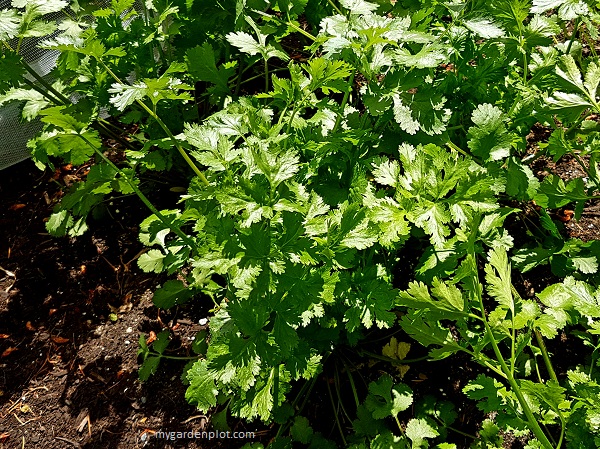
Cilantro/Coriander At A Glance
Type: Annual herb
Location: Full sun to part shade during hot weather
Season: Spring / Summer
How To Plant And Grow Cilantro/Coriander
Unlike parsley, cilantro (coriander) seeds germinate fairly quickly. You can start sowing seeds in your garden bed from spring. Don’t plant all your seeds at the same time. Depending on the amount you use, sow seeds every three weeks or so for a continuous harvest from spring to autumn. If you don’t want to direct-sow seeds, seedlings and young plants are usually readily available in the garden shops and even some supermarkets will carry them.
Cilantro (coriander) grows well in cooler temperatures and prefers sun. However, during the hot summer months, a partially shady location is best. It needs regular even watering, and like fertile, well-draining soil. Fertilize every two weeks.
It can be planted in containers. However, like parsley, they have a long taproot that can be about 40-45 cm (16-18 inches) long. Due to this, consider the depth of the pot.
Cilantro (coriander) is usually trouble-free from pests and diseases.
Cilantro/Coriander As A Companion Plant
Cilantro (coriander) is an excellent companion herb in vegetable beds. It attracts beneficial insects such as wasps, which help keep the bad bugs at bay. Planting it next to dill creates a doubly positive impact as a natural pest control.
Group it also with other moisture-loving herbs such as parsley and basil. Or during the hot summer months, use tomatoes or large leafy vegetables to provide shade to the young herb plant.
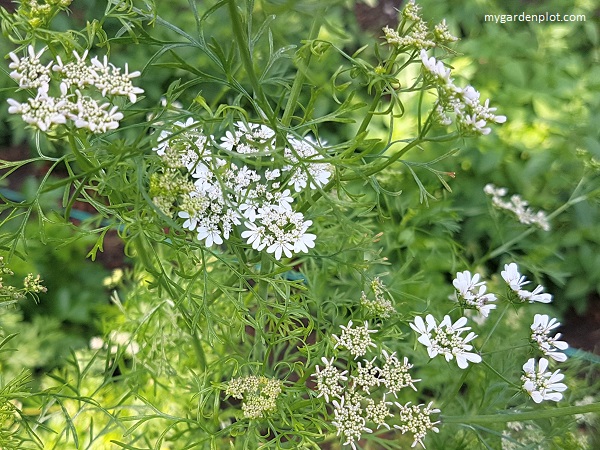
Harvesting Cilantro/Coriander
To harvest cilantro (coriander), cut the stems or leaves that you need. Some cooks insist on not using the stems, but I love including chopped stems and leaves when cooking. Waste not, plus they are delicious. Use the small leaves, which have the best flavour, with more delicate dishes or in salads. Harvesting may help the plant from bolting. Though don’t fight it, once it warms up, it will eventually bolt.
The flowers are edible too. The seeds of the cilantro (coriander) can be dried and collected. After it has flowered, wait until the plant has turned yellow. Then hang upside down over paper, or in a brown paper bag to dry before collecting the seeds. Always gather on a dry day to ensure no moisture can spoil your collection.
The cilantro (coriander) root is also edible and is often used in Indian and Asian cooking. To harvest roots, it is best to collect within the first six weeks. It can be used fresh, or stored in the freezer.
The edible cilantro (coriander) flowers are milder but similar flavour to the leaves. They very lightly scented and look great as a garnish. Their lacy form is attractive as a cut flower in a summer bouquet. The blossoms last about a week.
